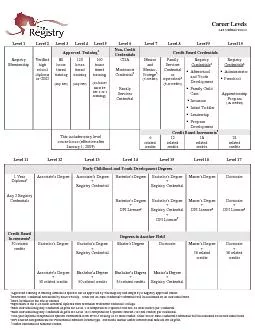PPT-Level by Level:
Author : trish-goza | Published Date : 2016-05-14
Making Flow and ContextSensitive Pointer Analysis Scalable for Millions of Lines of Code Hongtao Yu Zhaoqing Zhang Xiaobing Feng Wei Huo Institute of Computing Technology
Presentation Embed Code
Download Presentation
Download Presentation The PPT/PDF document "Level by Level:" is the property of its rightful owner. Permission is granted to download and print the materials on this website for personal, non-commercial use only, and to display it on your personal computer provided you do not modify the materials and that you retain all copyright notices contained in the materials. By downloading content from our website, you accept the terms of this agreement.
Level by Level:: Transcript
Download Rules Of Document
"Level by Level:"The content belongs to its owner. You may download and print it for personal use, without modification, and keep all copyright notices. By downloading, you agree to these terms.
Related Documents














